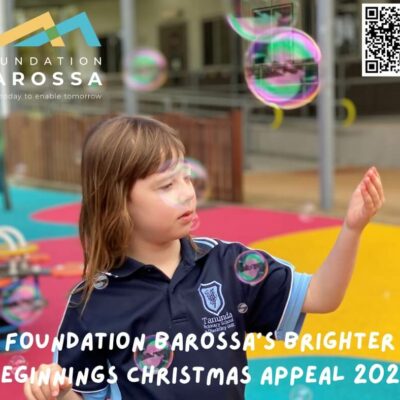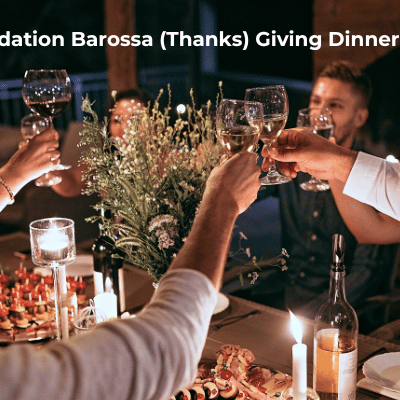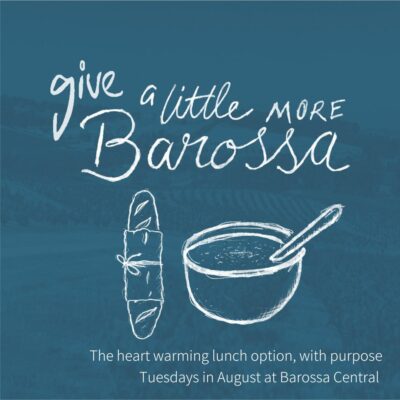BAROSSA VILLAGE RESIDENTS SHARE THEIR STORIES
5/05/2023
Barossa Village received a grant through Foundation Barossa’s Peter Lehmann Arts & Education Trust to document and record the histories of some of the Barossa Village Residents.
Each of the residents at Barossa Village has a unique story to tell and has shaped our region into what we know today. Barossa Village partnered with Christian Teusner from the Emu Tree to create a unique oral and visual history project focusing on 10 residents from the Barossa Village Aged Care Facility who grew up and lived their lives in the Barossa Valley. The Barossa Value Elders project objective was to capture, preserve and create awareness of the histories and stories of these individuals.
In addition to the oral history component, a graphic designer was engaged to collate images of the Resident’s lives and capture and present these in a way that visually represented who they are and their lived experiences.
“It is an absolute privilege to share in people’s stories”, said Matt Kowald, General Manager of Barossa Village. “It’s why a lot of us work in aged care. Barossa Village wants to preserve these stories for future generations so they can understand how people lived. Oral histories give us the chance to preserve a person’s voice which is often the first thing we forget when people are gone”.
One of the residents included in the Oral Histories is 87-year-old Glenda Schultz who talks about growing up in Keyneton with 12 siblings. Glenda remembers the first baby born in the Tanunda Hospital where she worked as 1 of 5 of the first trainee nurses. “It was a 14- bed hospital at that time, Matron Tscharke was a wonderful Matron”.
87-year old Elizabeth Mueller, a Seppeltsfield girl also reflects on her early memories as a Marananga Primary School student during WWII saying “I remember my first kiss, I know exactly where it was, under the pine tree at Marananga school”.
Foundation Barossa was thrilled to support these oral histories and preserve a diverse range of personal experiences that generally are not well documented in written sources or traditional history. Their personal nature makes them a great primary source for people wanting to discover more about a certain event or era, providing an insight into the impact events had on the people alive and involved. Sadly, since they were recorded two of the residents involved have passed away so these recordings also provide an important and heartwarming legacy for the families of the residents ensuring their voices and stories are preserved for future generations.
The artworks containing QR code links to the recordings now adorn the walls of the Barossa Village Residence. The moving audio stories are also available to download or listen to free at https://thewaywewere.podbean.com/.
The Peter Lehmann Arts and Education Trust (PLAET) fosters arts and cultural learning opportunities and access. It provides grants for arts, culture, and education projects in the Barossa. Foundation Barossa oversees the administration of the trust with an Advisory Committee, including members of the Lehmann family.
“One of the most enduring memories I have of traveling around the Barossa with Dad was the oral commentary that recounted the landmarks, events, and people who wove the tapestry of our region’s past. Looking back, I wish we’d had the foresight to record this oral history for my kids to know. So, capturing forever the small, all too easily overlooked pieces of local history as told by those who have lived it is incredibly important for both the families of those who tell their tales but also for future generations of our region too”, said David Lehmann.








